
In late March 2020, Wildlife Services in Illinois conducted the first aerial control operations for feral swine in Illinois since 2014. Using an agency helicopter based in Oklahoma, a crew of two from Wildlife Services removed 25 feral swine (Sus scrofa) from private lands and the Lusk Creek Wilderness within the Shawnee National Forest in southern Illinois between the Mississippi and Ohio rivers. This effort to control invasive feral swine in Pope County was a collaborative effort between the Wildlife Services program, the U.S. Forest Service (USFS) and the Illinois Department of Natural Resources.

USFS personnel noted the presence of the feral swine in August 2019 and acted quickly to control the population. Feral swine can impact the forest and its protected natural resources as well as surrounding private agricultural lands. The Forest Service announced a one-week closure of the area for public safety. However, the aerial operation was completed in just two days, allowing for re-opening. The timing was selected to enable horseback riding that was set to open in the Shawnee National Forest on April 1 for the year, and to avoid impacting the wild turkey spring hunting seasons.
While a few feral swine are known still to occur within the region, Wildlife Services is continuing to monitor their movements and will remove them through trapping and shooting to achieve elimination of the population.

This population in Pope County is the only currently known self-sustaining and expanding population of feral swine in Illinois. A collaboration of Wildlife Services, state agencies and private landowners have successfully removed four independent and self-sustaining populations of feral swine since 2011 (one in Fulton County, one in Fayette/Effingham/Clay counties, one in Marion County and one in Pike County).
Feral swine are an invasive species that compete with wildlife for food resources and prey on turkey and quail nests, reptiles, amphibians and other wildlife, including threatened and endangered species. They are a serious threat to forest and wildlife resources in Illinois through competition with native wildlife for food and cover, destruction of habitat, and destruction of sensitive natural areas, according to the U.S. Forest Service.
Scott F. Beckerman received B.S. and M.S. degrees in Fisheries and Wildlife Management from the University of Missouri-Columbia. He has been helping people resolve conflicts with wildlife since the late 1980s and has been working with the USDA APHIS Wildlife Services program as a wildlife biologist in Missouri, Iowa, Wisconsin and California since 1992. Scott has been the State Director of the Wildlife Services program in Illinois since 2006.
Bradley Wilson is a Wildlife Biologist and Illinois Feral Swine Coordinator for the United States Department of Agriculture, Wildlife Services Program. He earned both his B.S. and M.S. from Western Illinois University.





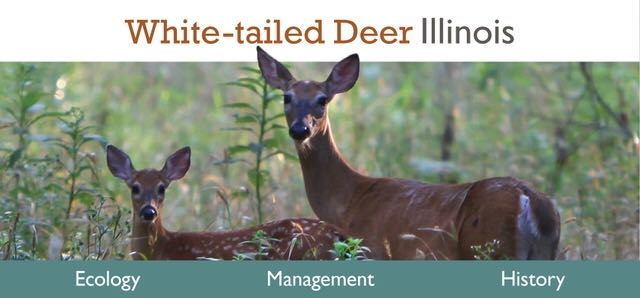
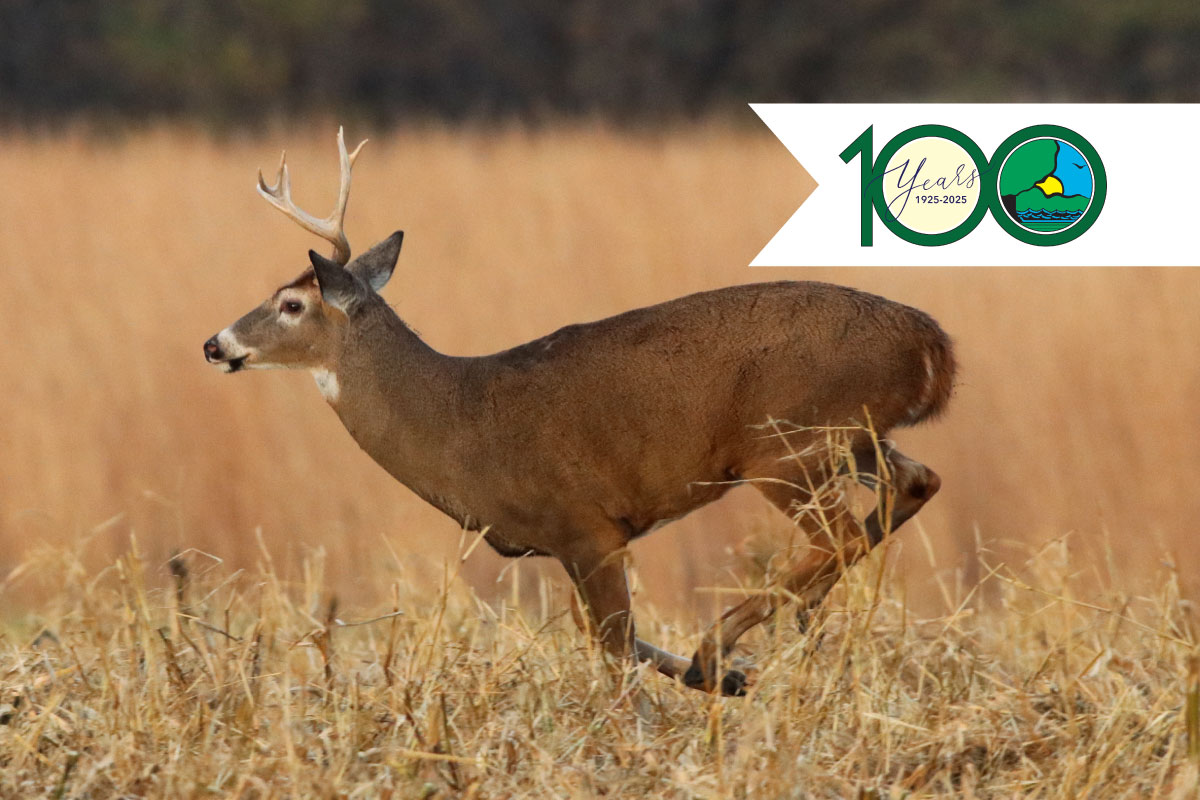
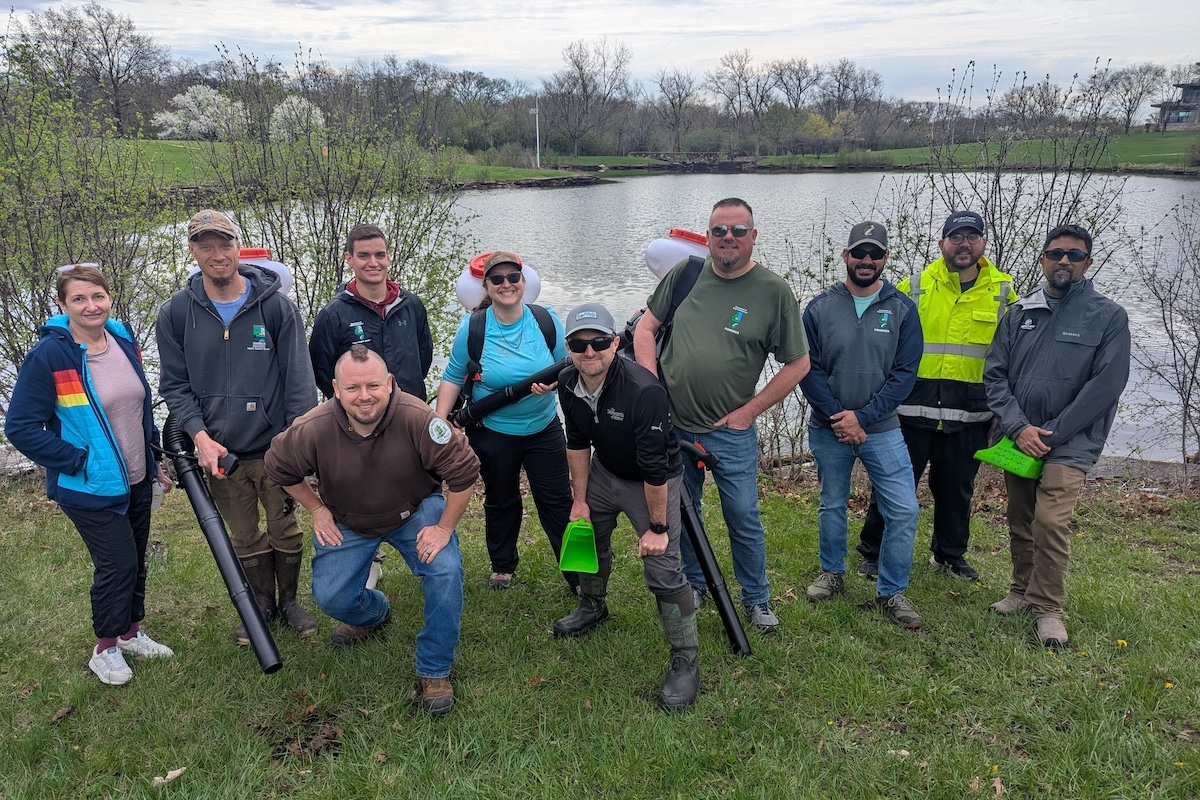
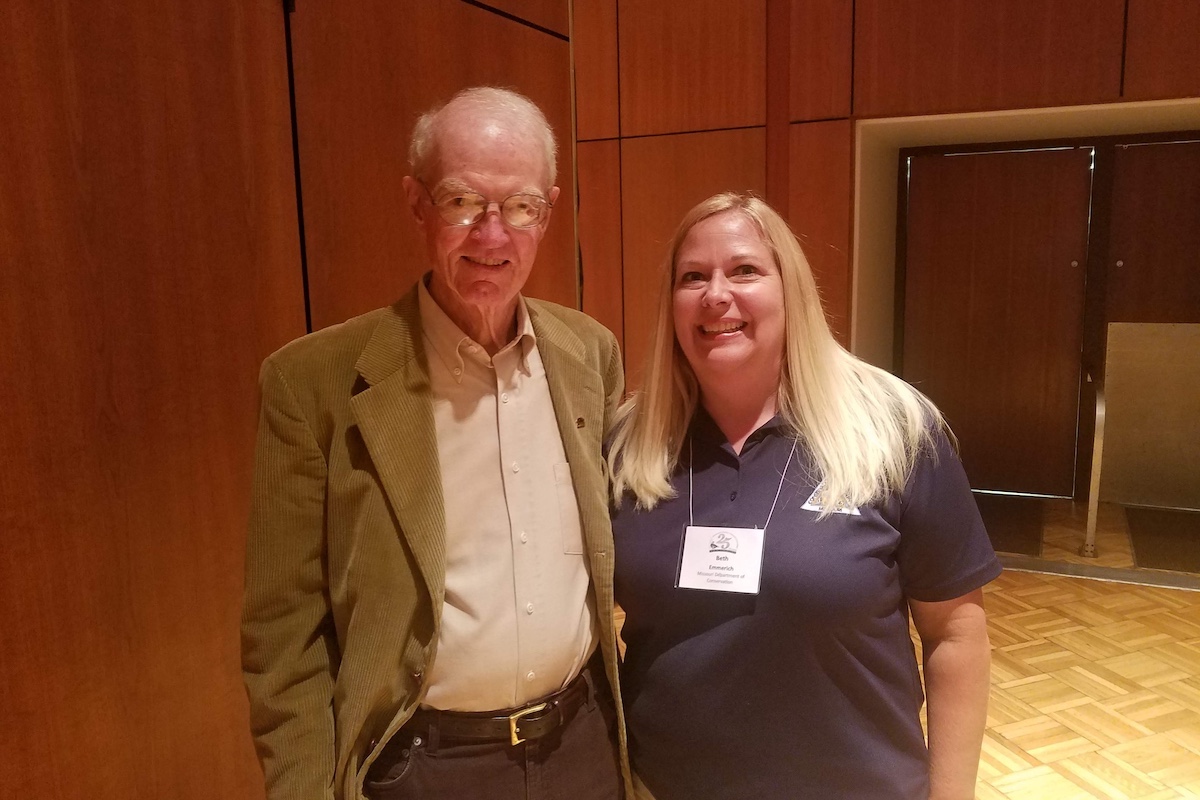
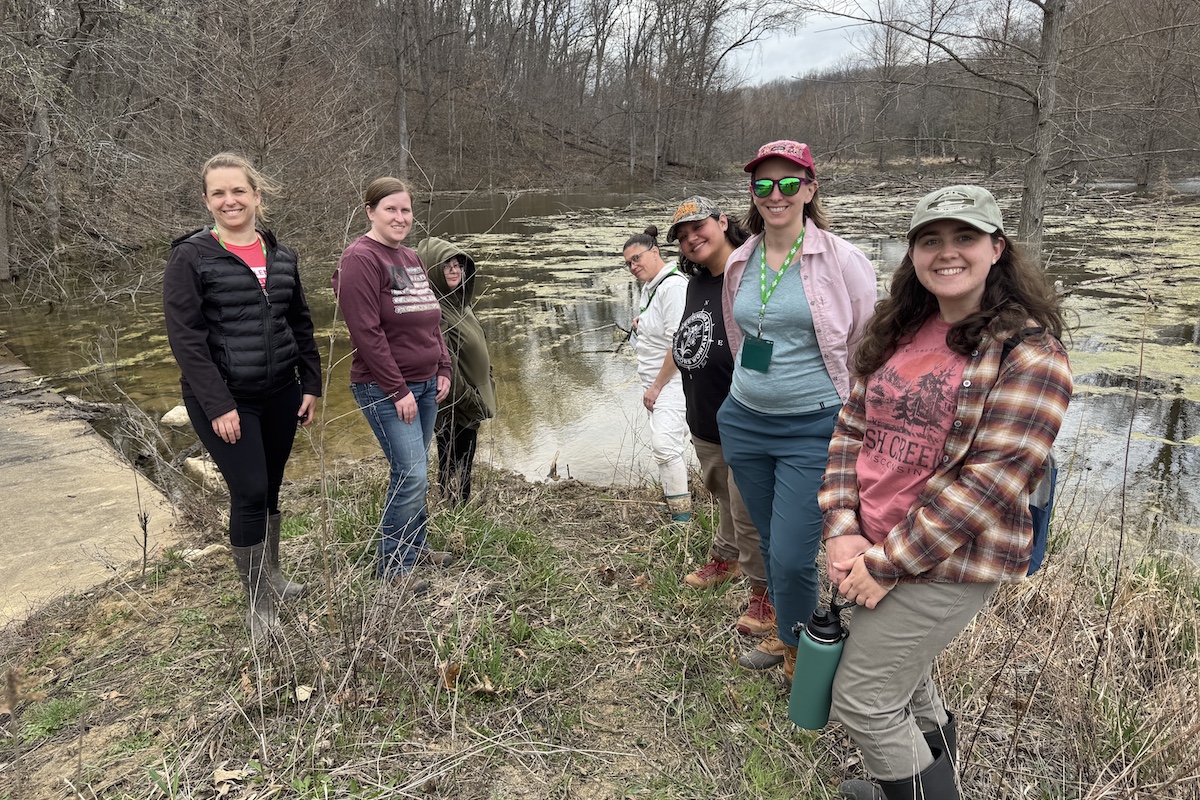

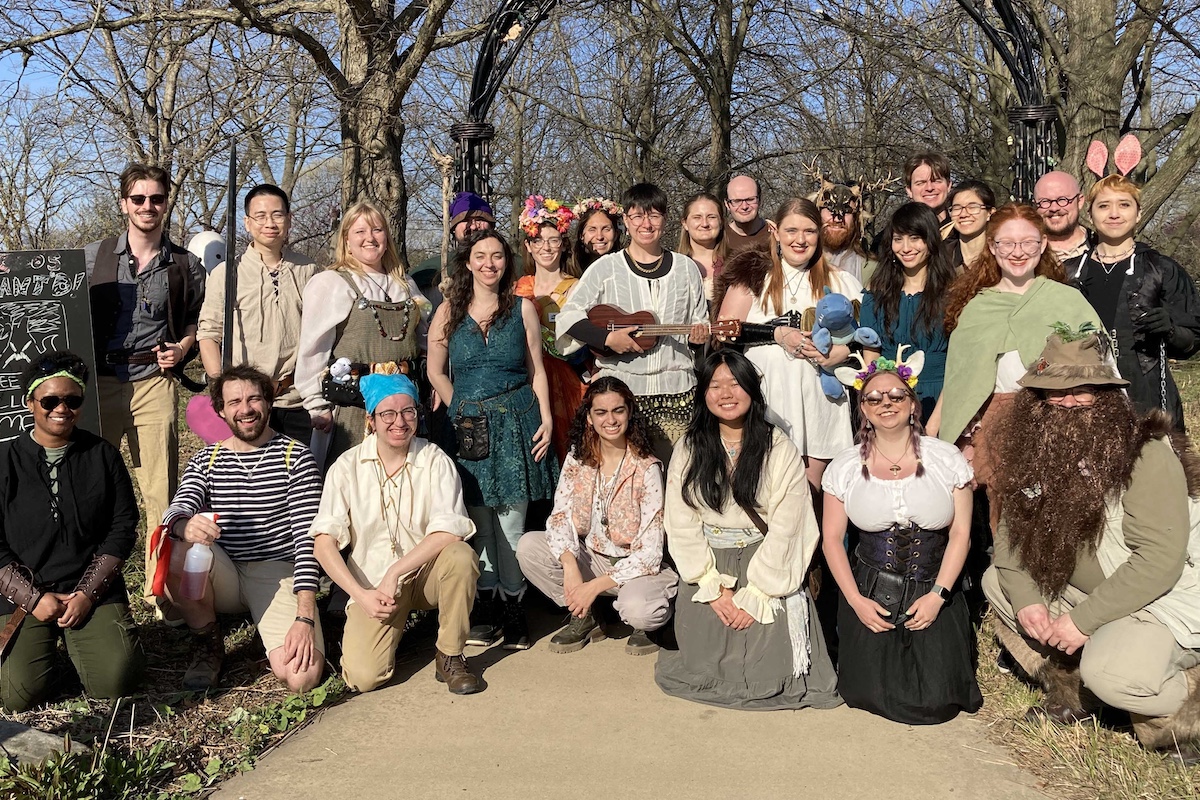
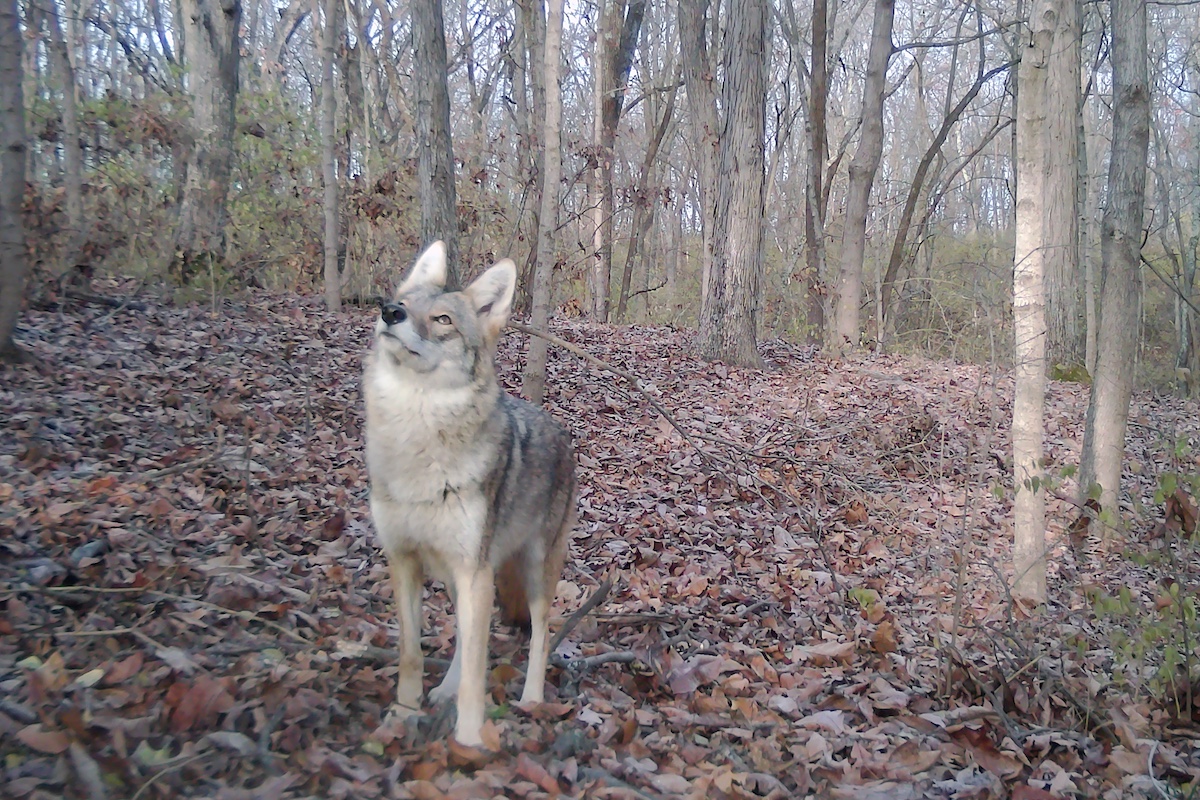


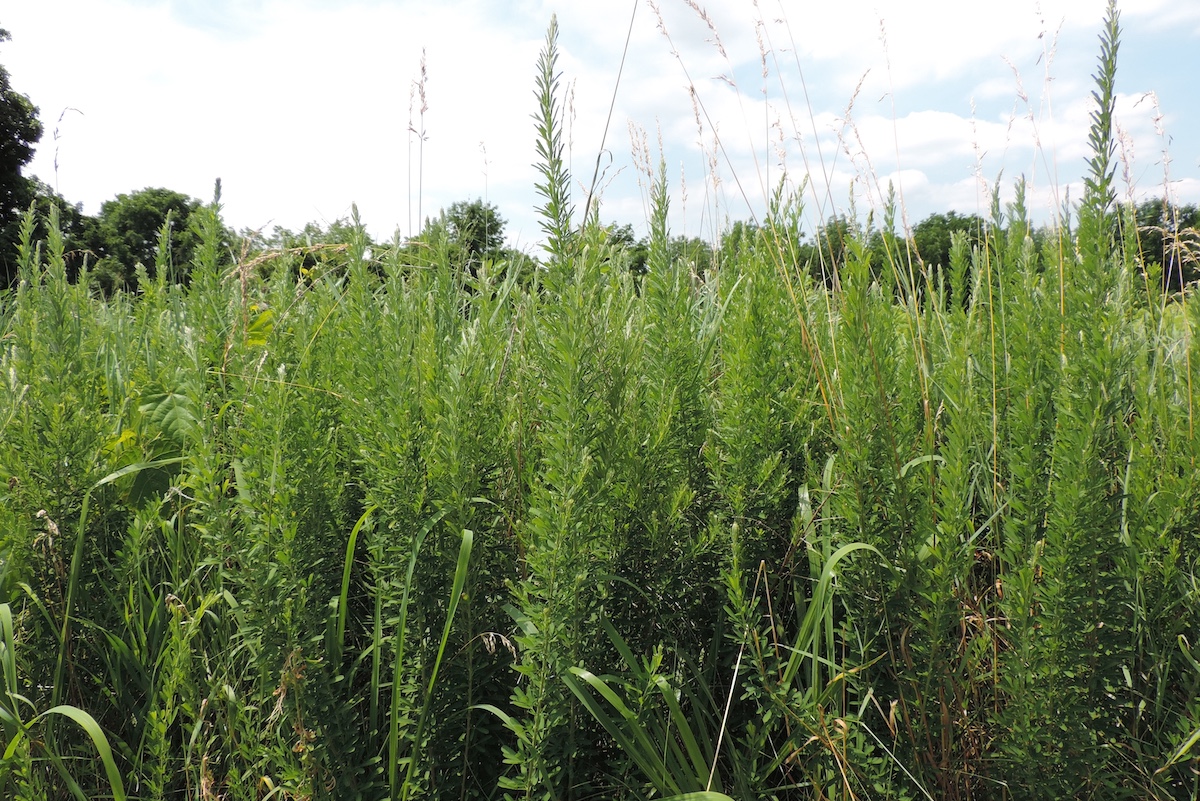
Submit a question for the author